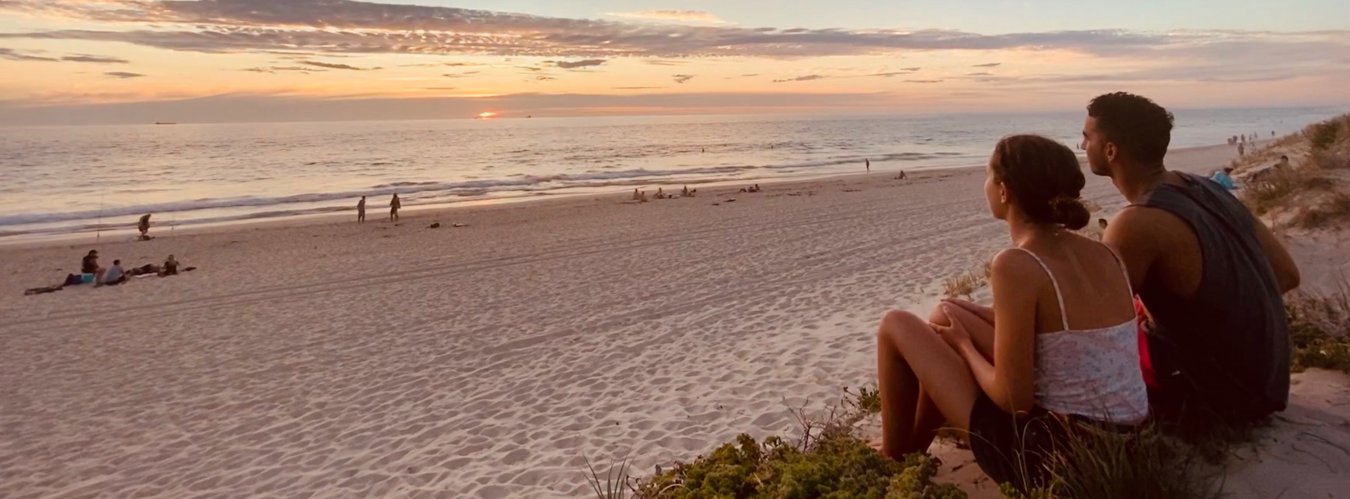[Taken from my blog at madridmemories.wordpress.com]
Rewind to the beginning of my second year, and I was running around SUSU (the Students’ Union at Southampton Uni) trying out lots of taster sessions, including a lot of martial arts (I had done some martial arts in primary school and really wanted to re-start). The one that appealed to me the most was Shorinji Kempo – the sessions were fun, the people were friendly, and it was a way for me to get motivated to do some exercise!
I did not know I would get so involved in a university society that I would end up continuing it on my year abroad, and there were probably people who didn’t expect me to. A few months ago, though, beginning of third year, I arrived in Madrid and contacted the instructor of the club in Madrid. After a bit of settling-in time, I made my way to the dojo (training hall) one evening with my dogi (training clothes) and belt, ready to start training!
The great thing is that I’ve been warmly welcomed into the club – one of the things I loved about Kempo in Southampton is, as cheesy as it is, it’s like a big family – and it doesn’t seem so different in Madrid. However, in other aspects of training, there are lots of differences…
First of all, the training sessions are quite small in terms of the numbers of students, which means that I get a good amount of one-to-one teaching from Sensei (the instructor).
Secondly, I noticed that the training is very relaxed compared to how Southampton trains! It’s a lot less intense in terms of exercise, and the formalities are not enforced as strictly as I have been used to. For example, there’s a lot less rei-ing (salutation), no “shugo”-ing (a shout that initiates lining up), and, unfortunately, less kiai-ing (shouting when you strike).
Thirdly, naturally, different clubs focus on different aspects of Shorinji Kempo, and in Madrid they put more emphasis on meditation and reciting the founding principles of Shorinji Kempo (which is really difficult because I am not used to reading Spanish out loud at such high speeds!) It’s great seeing the martial art interpreted from a different perspective.
Finally, and the thing that struck me the most, is that I’m the only female in the club. At home, in my experience, there are usually more males than females, but not by too big a margin. Here, over the time I’ve been training, I have trained with about 9 men and 0 women. A comment that was also made on my first day there, on chatting about this gender divide, was that it takes a special girl to do martial arts – I’m not going to have a long feminist rant here about what is so special about a girl practising martial arts or why it’s so surprising that I give powerful strikes, and maybe I read into it too much, but a part of me feels like this dojo is reflective of an attitude based on machismo that still exists in Spain. Not that I’m complaining, though. I personally find that there is something pretty empowering about beating up (I use that term loosely, please don’t accuse me of battery) a load of men every week.
Later this evening, I’m heading back to the dojo for the first time since before Christmas – let’s hope I haven’t forgotten too much!
